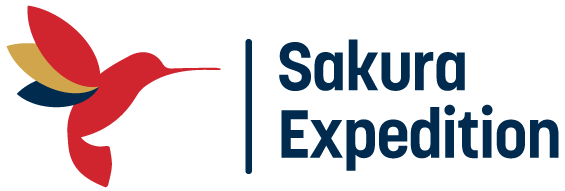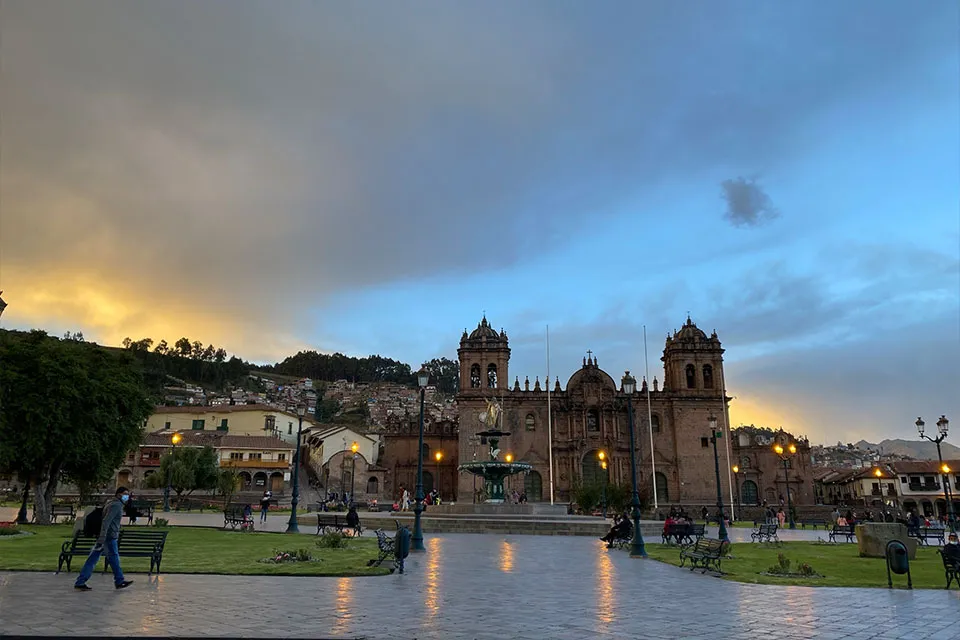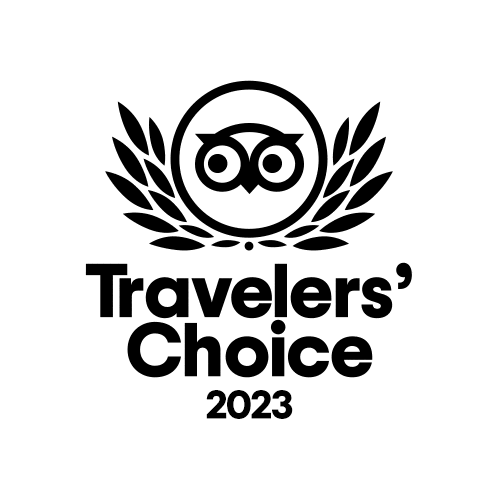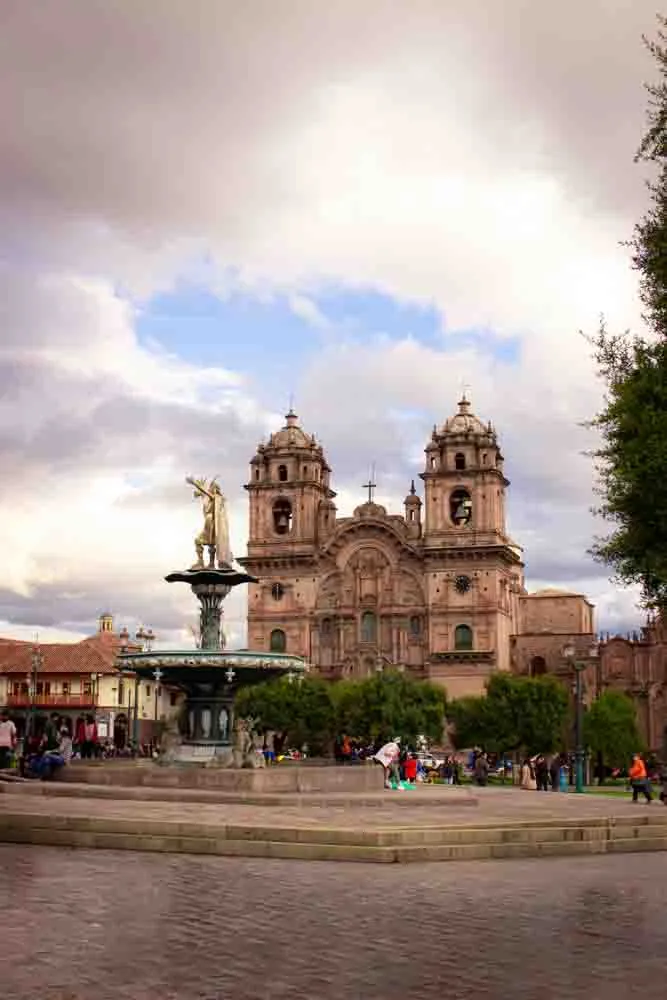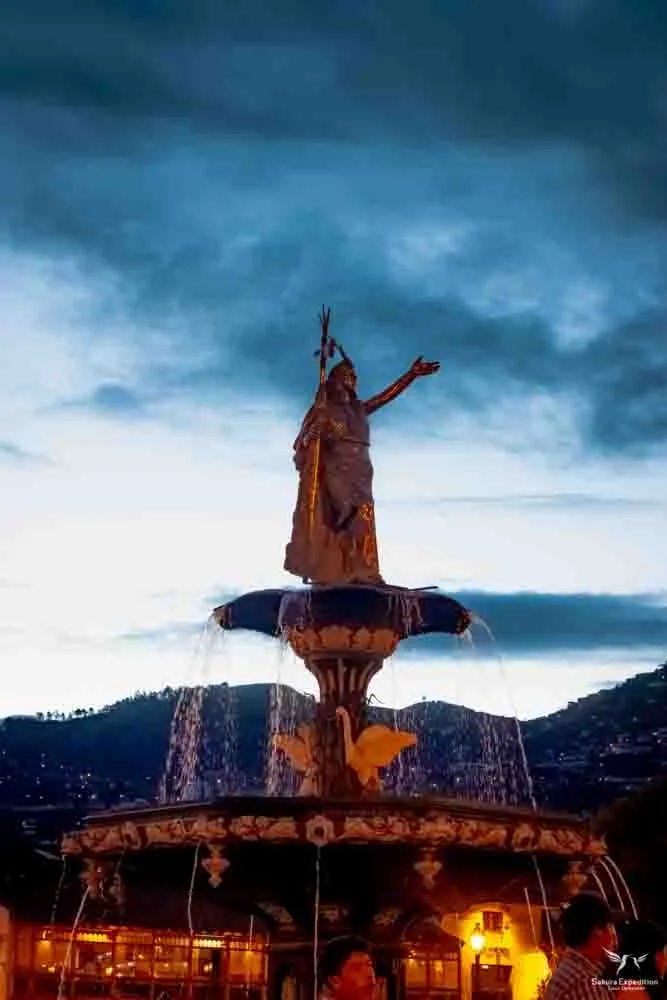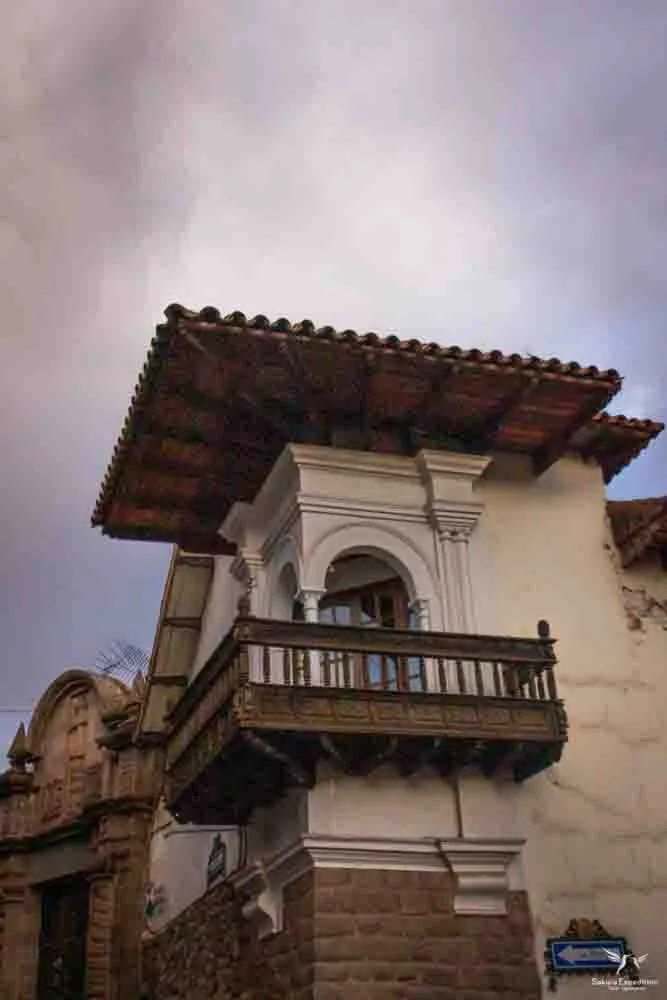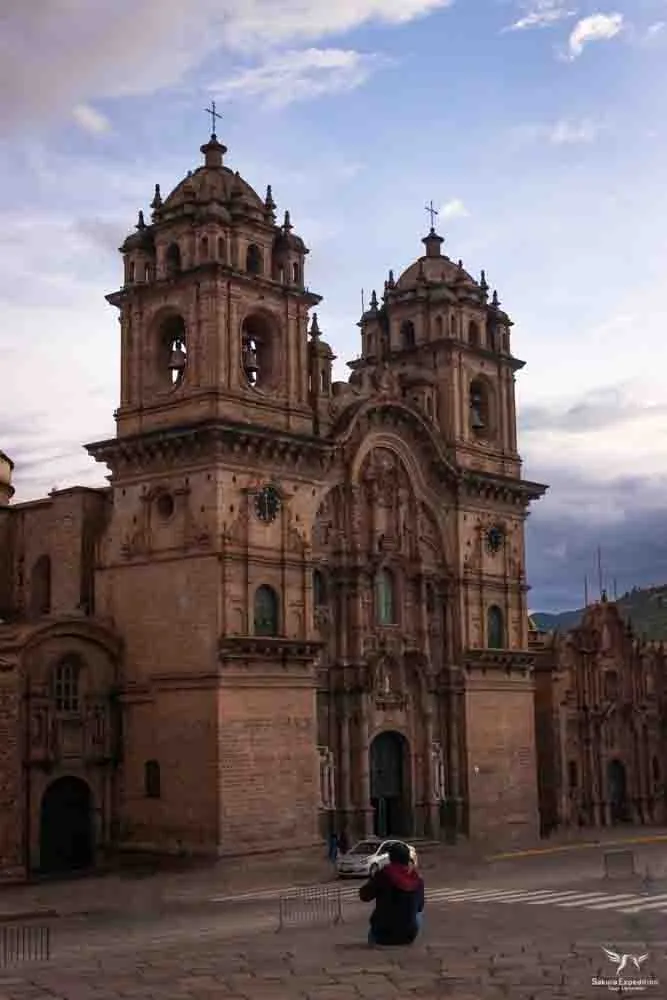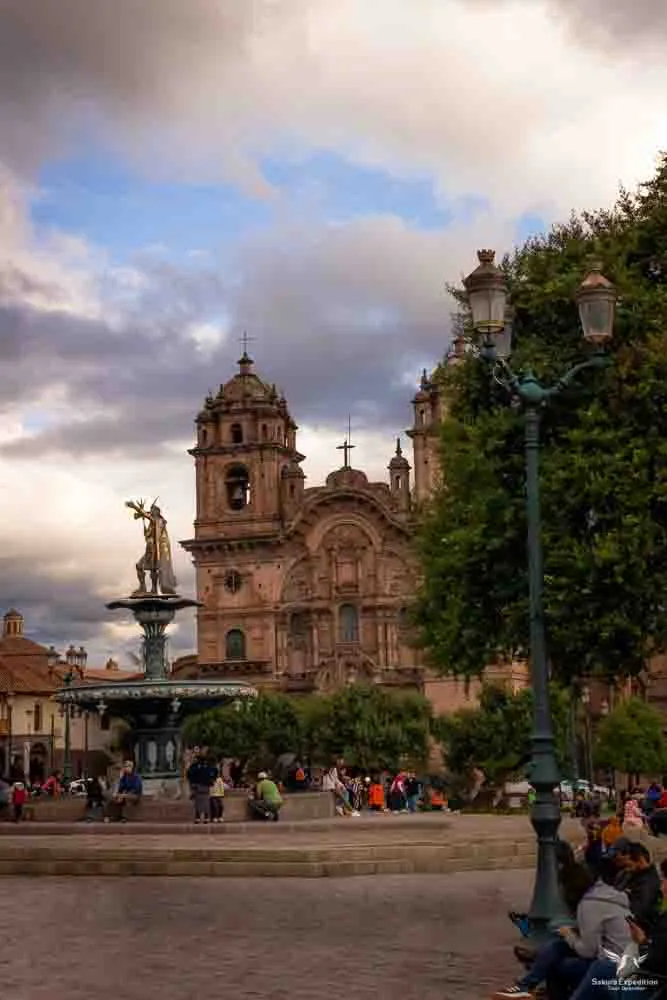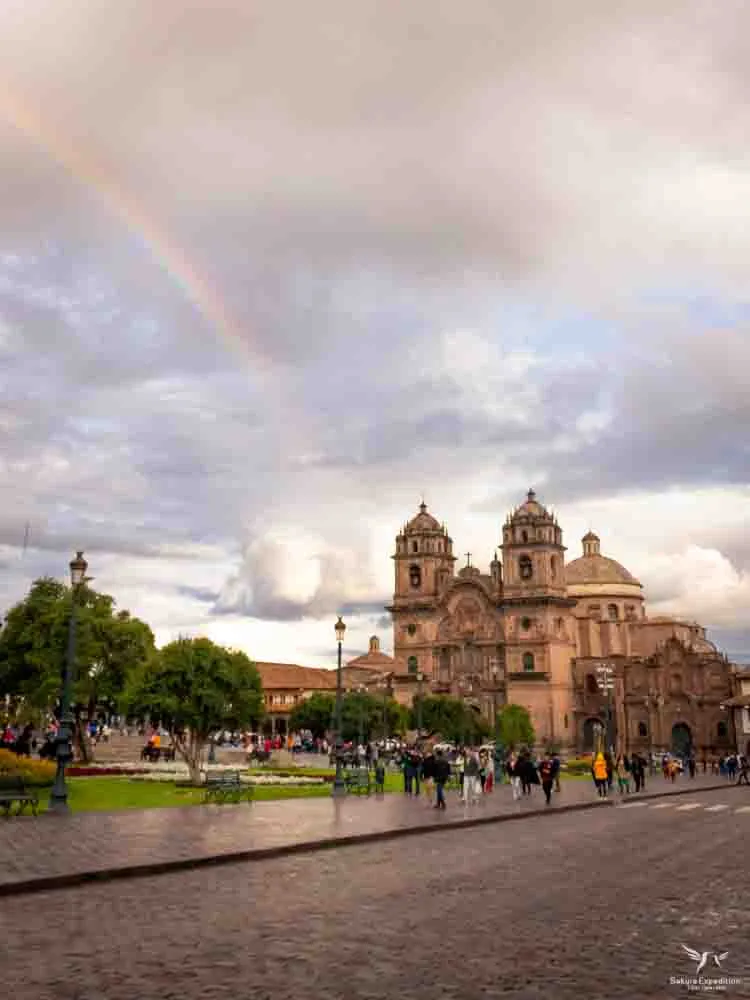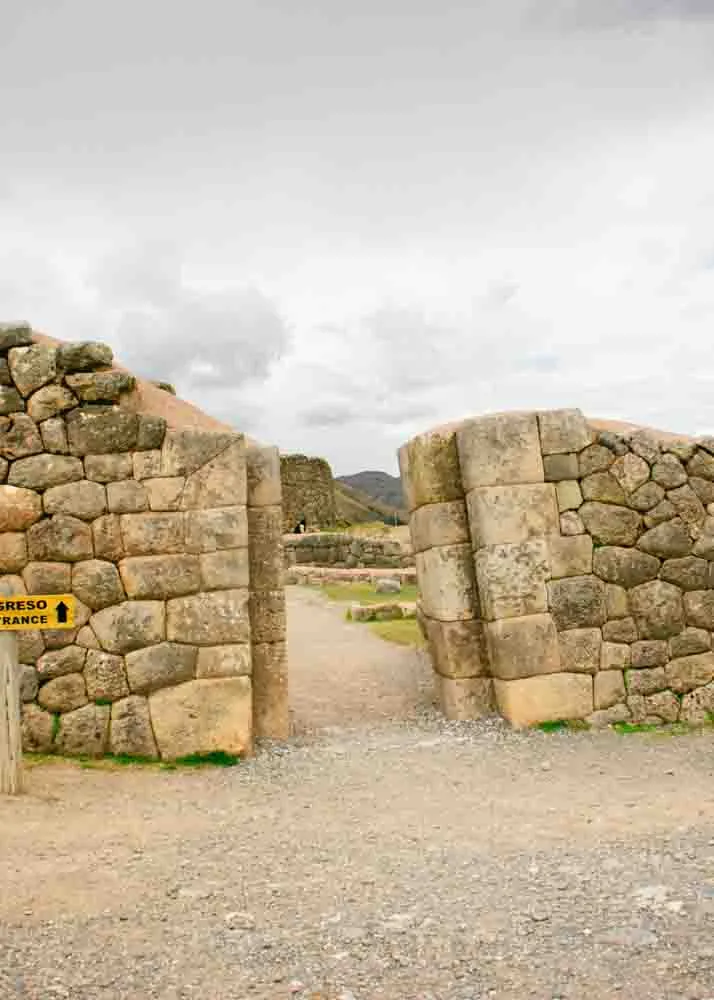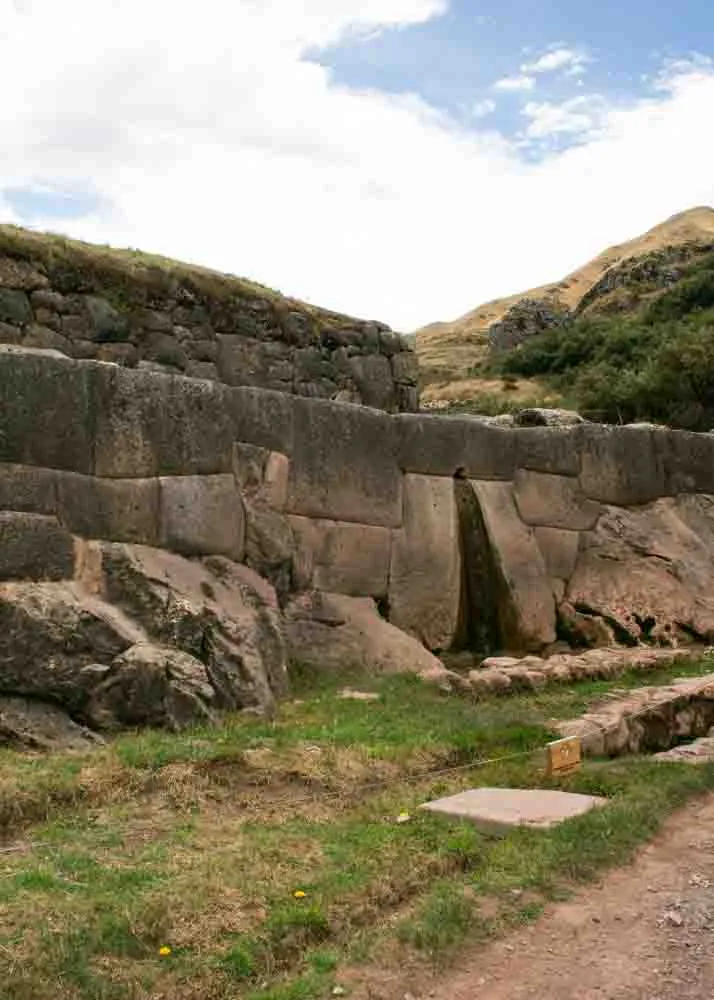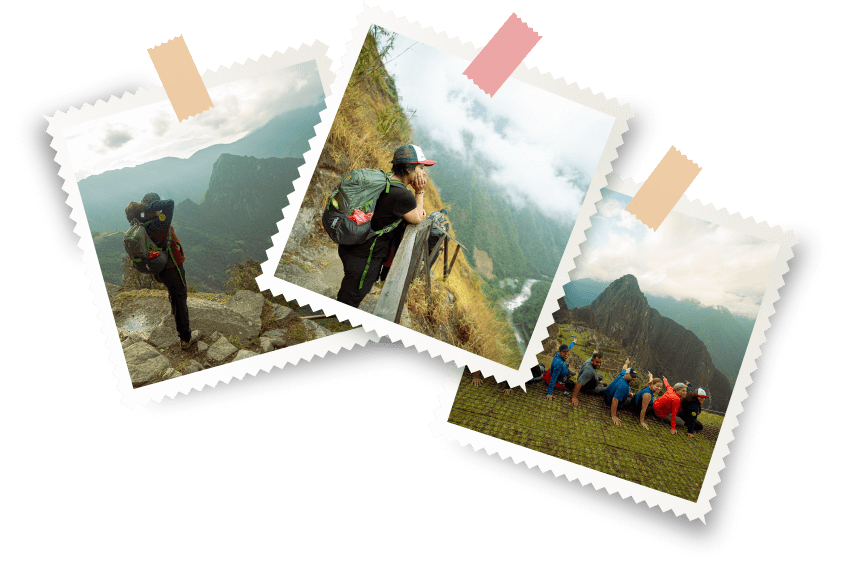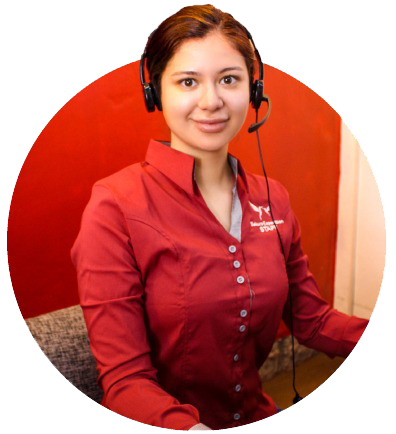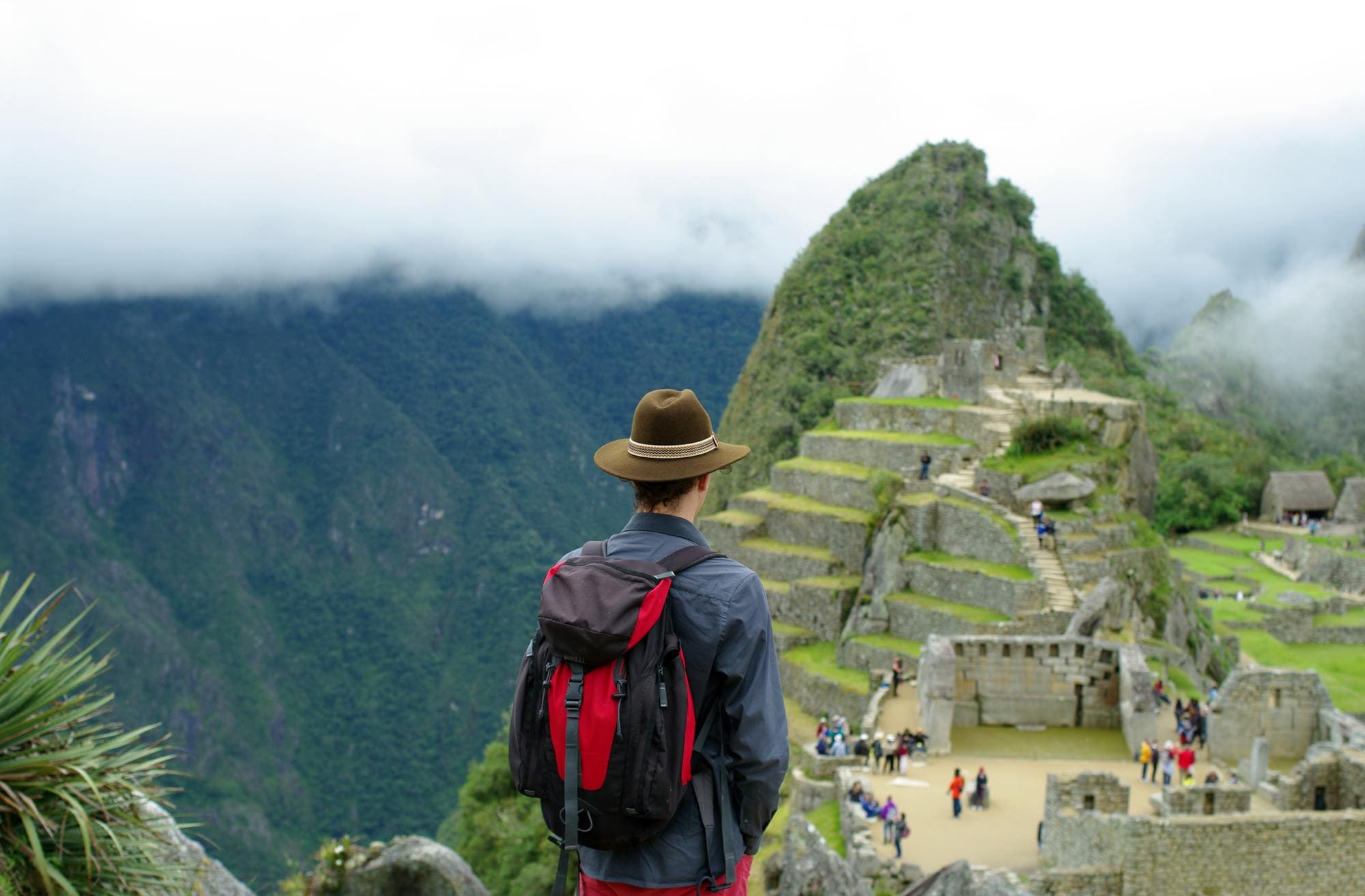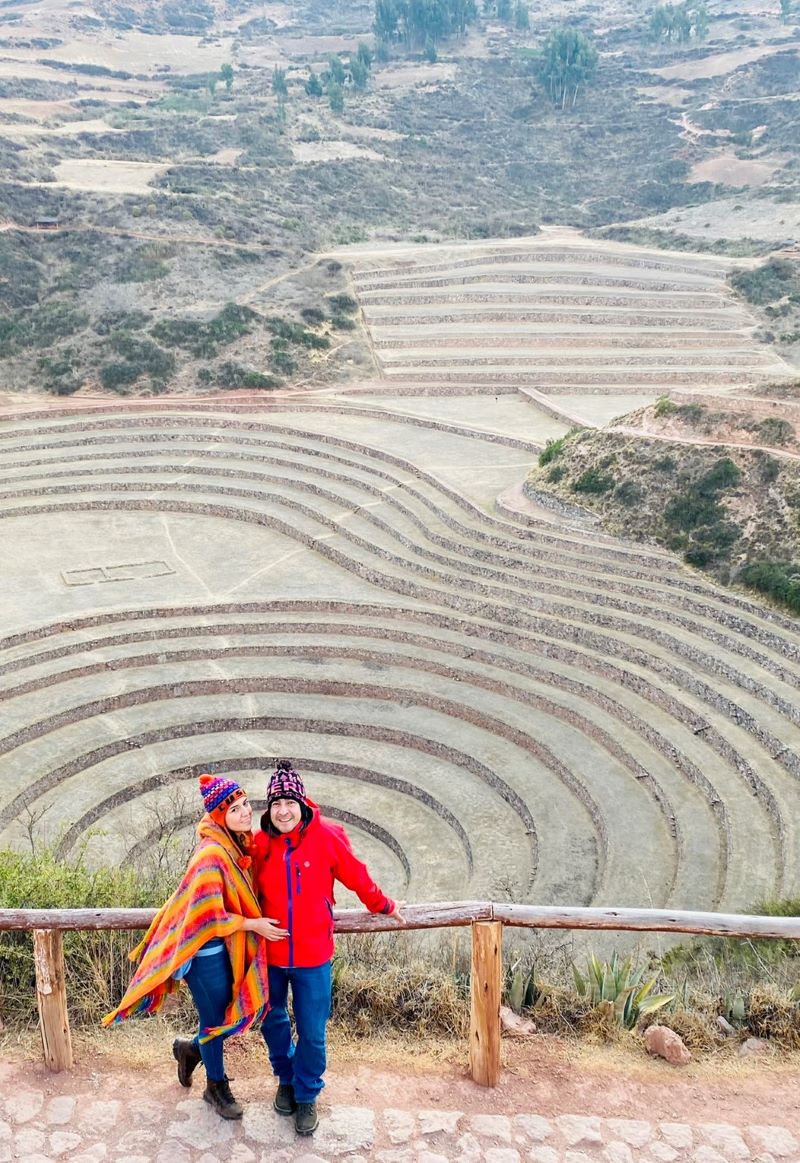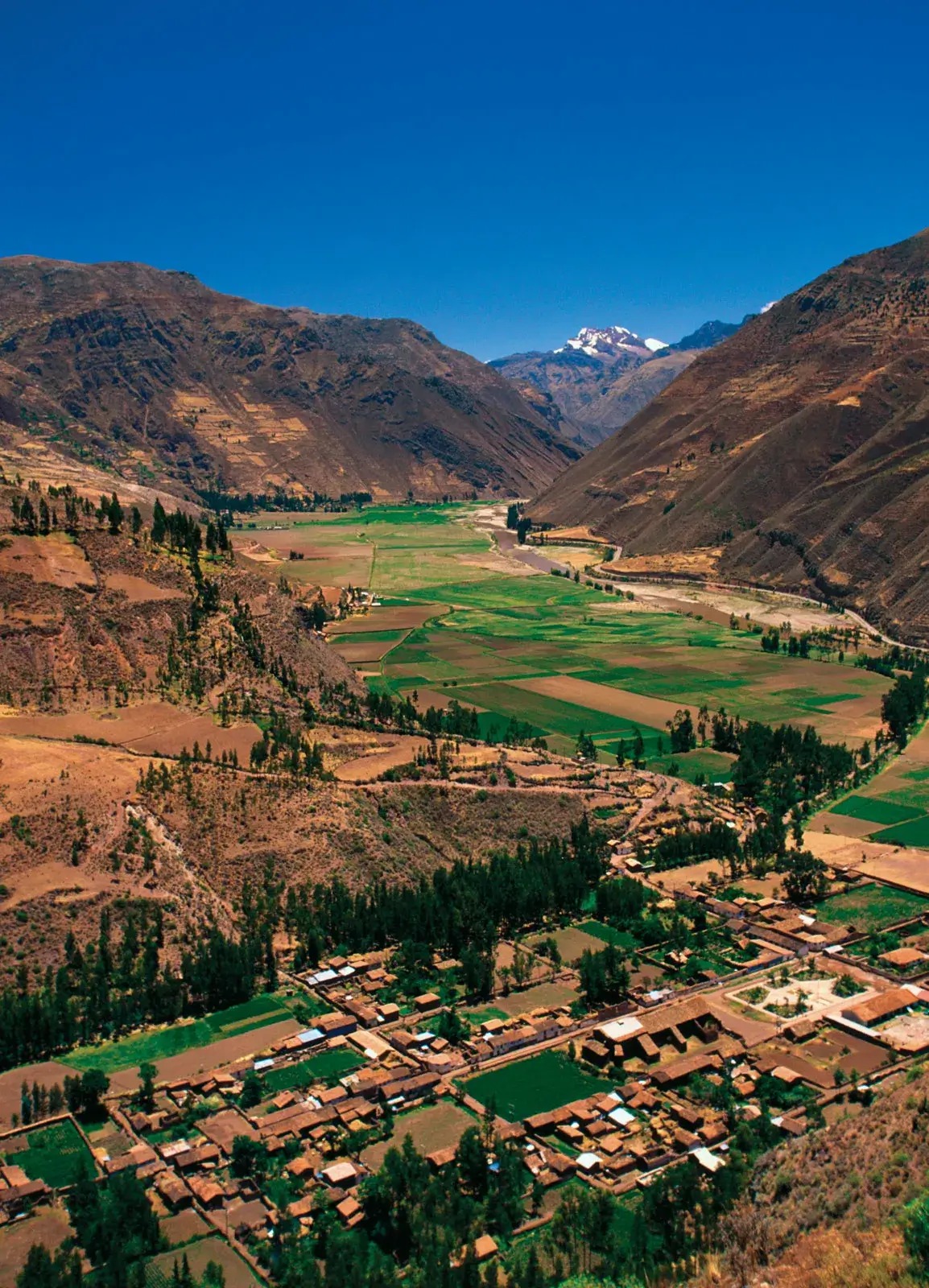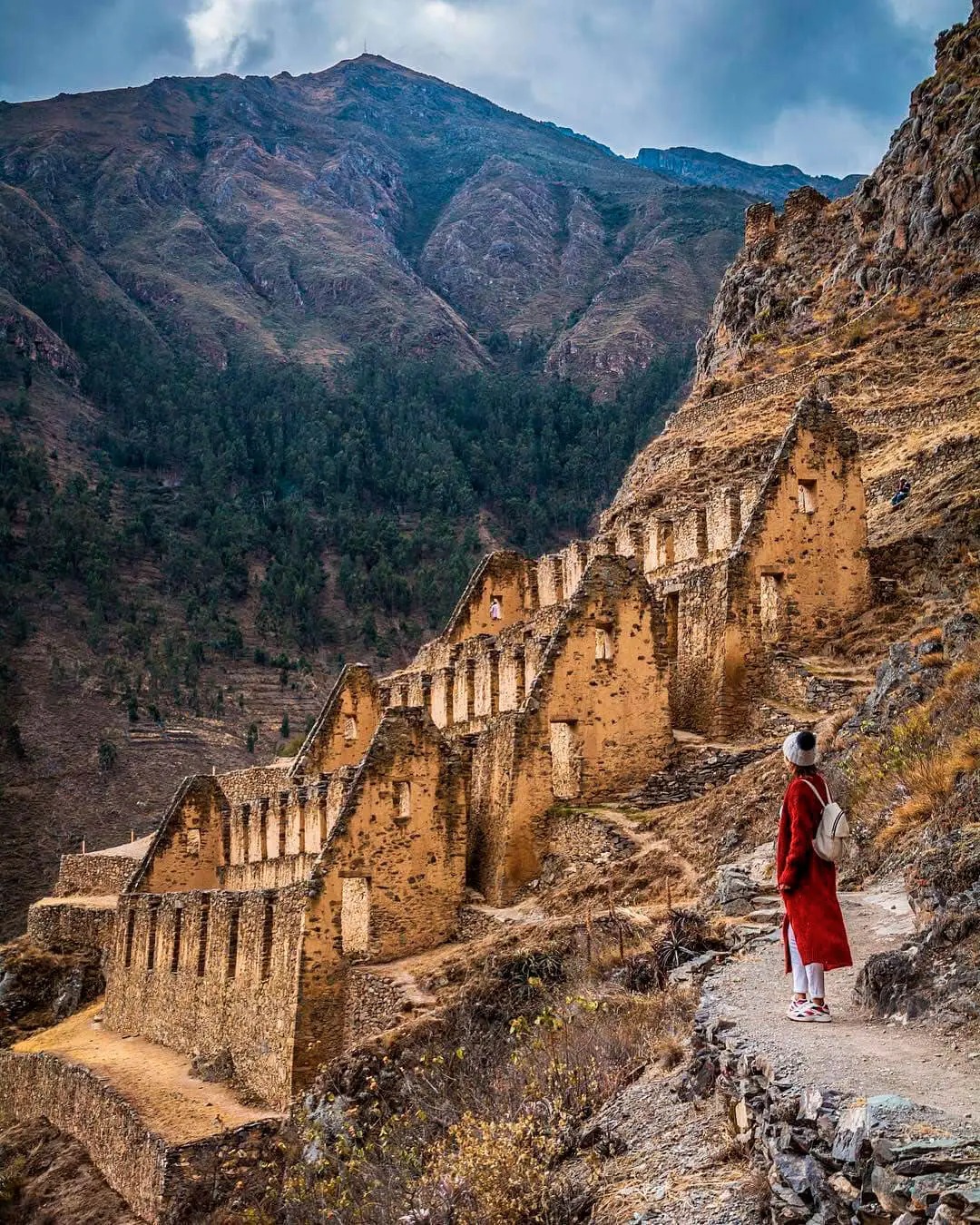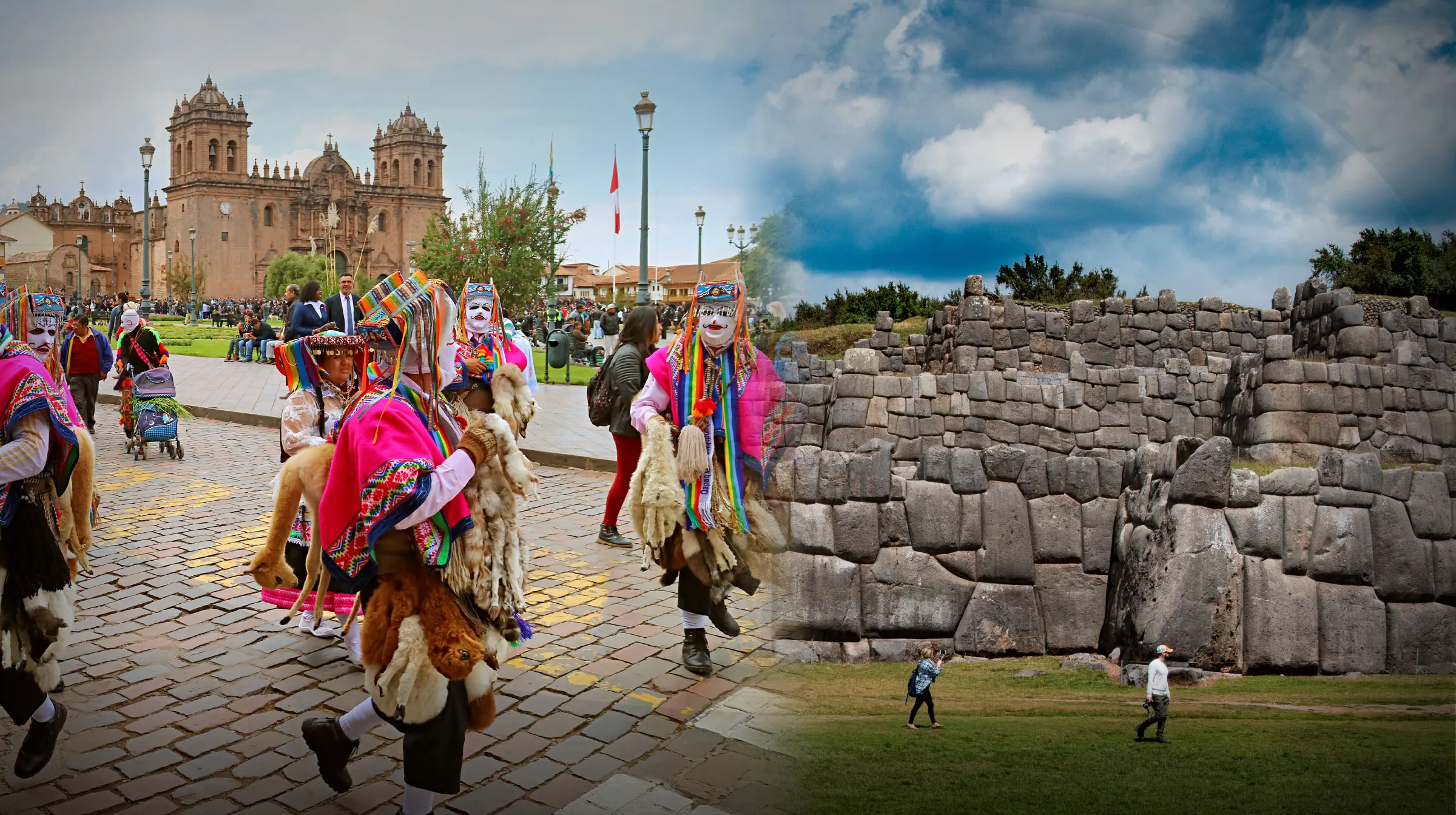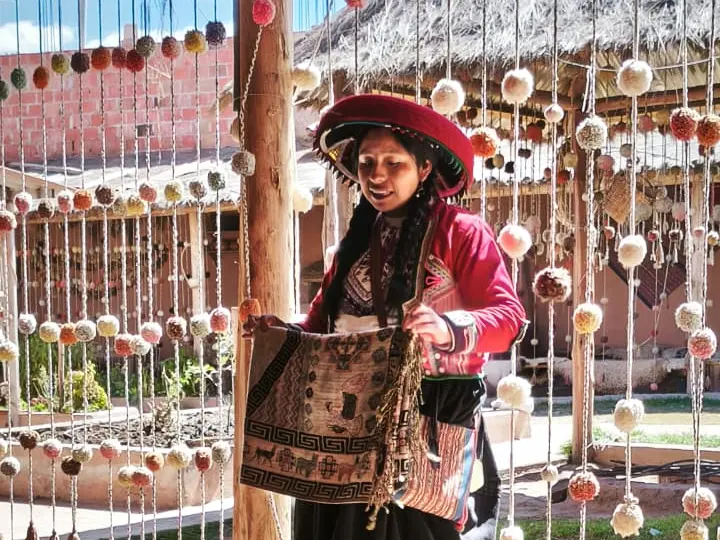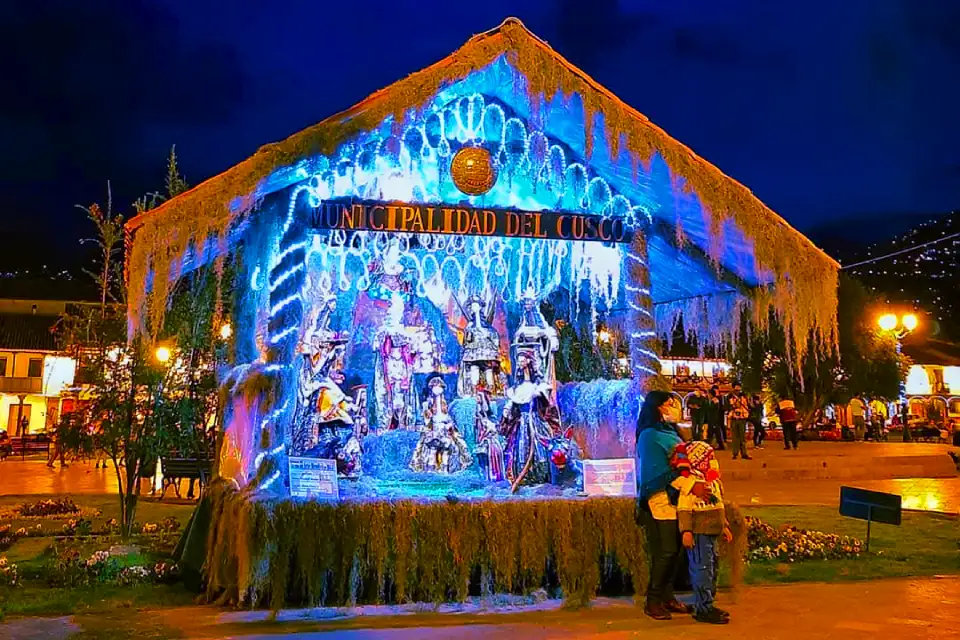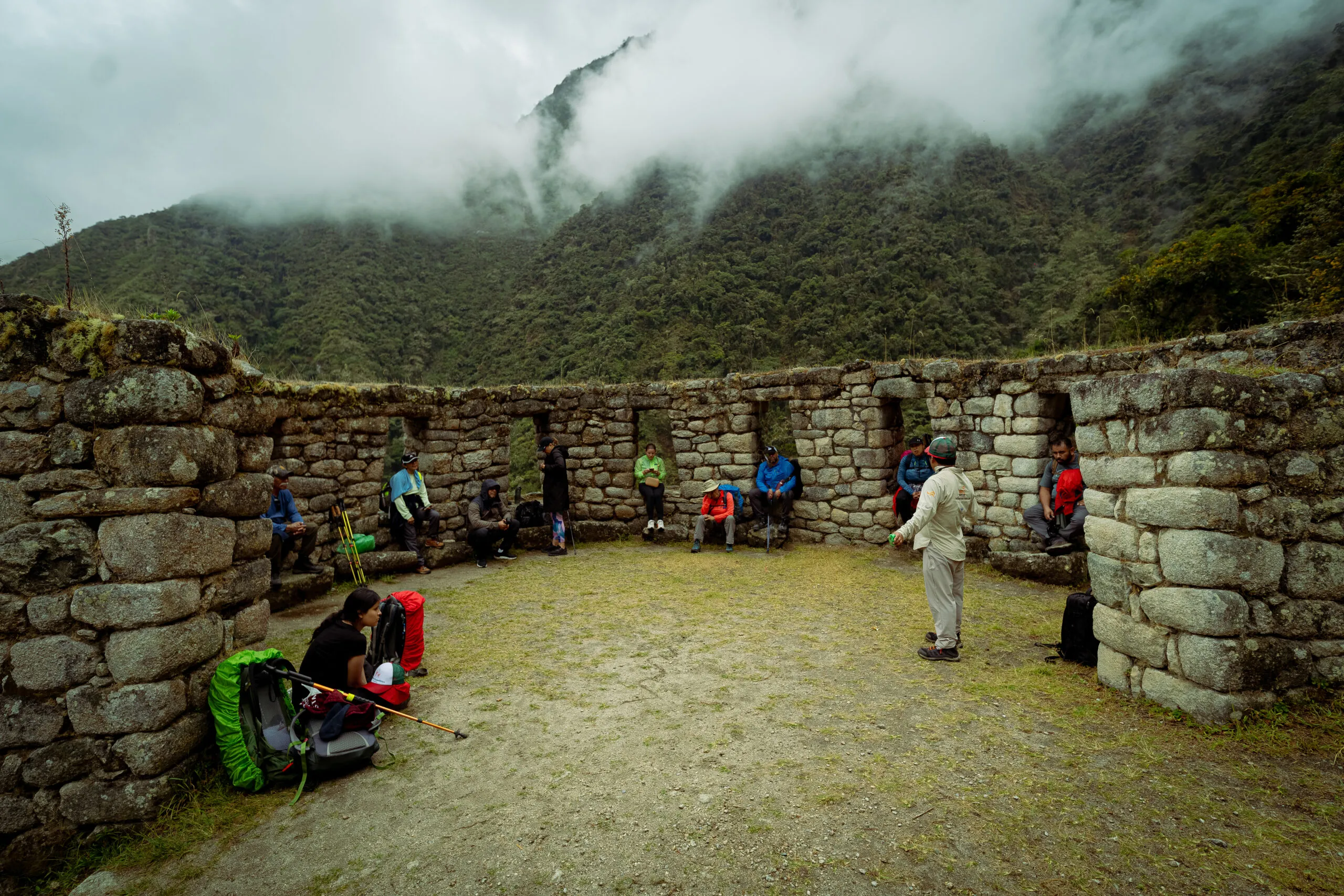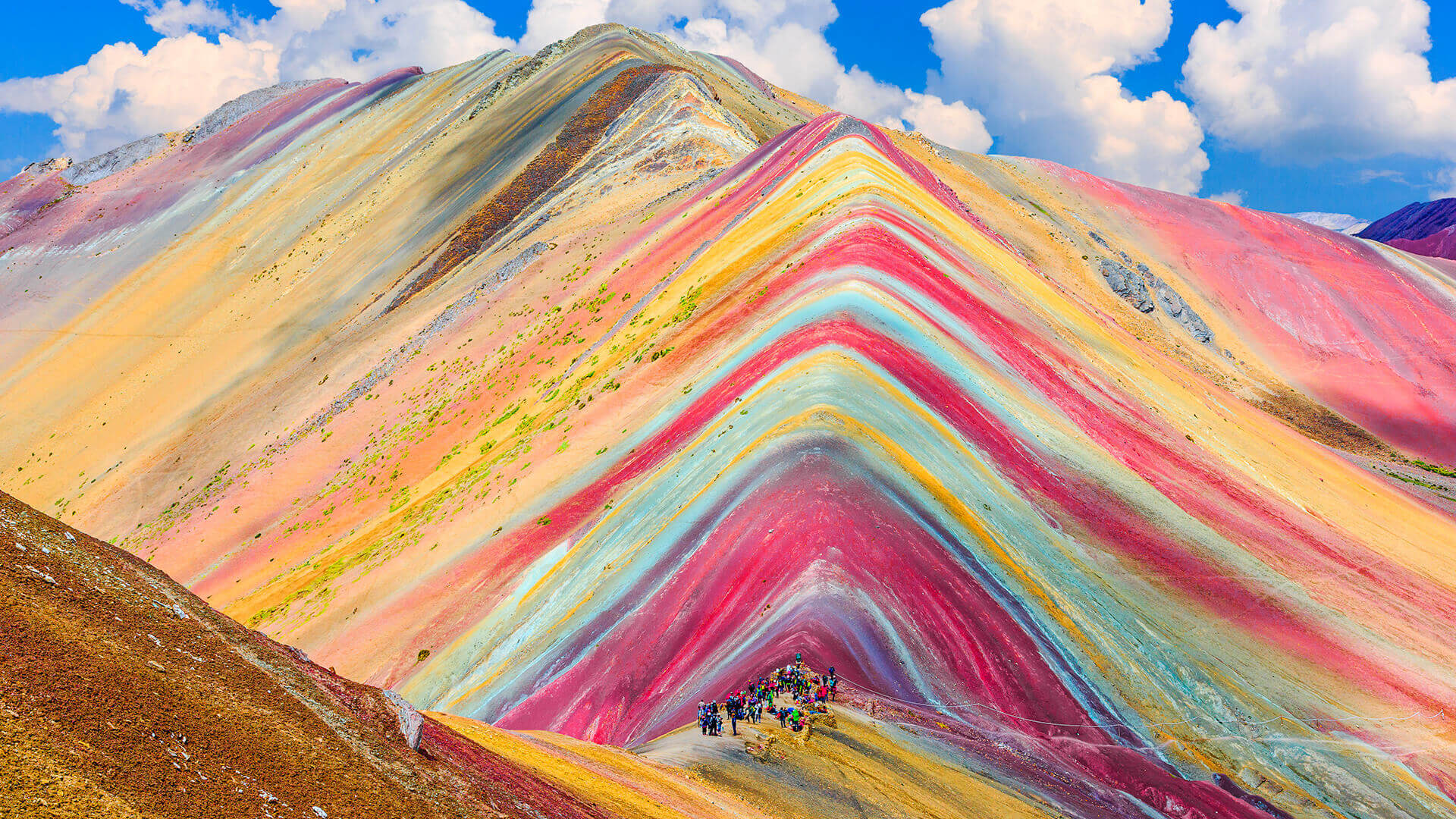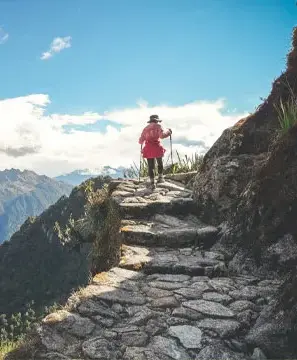Itinerary
Discover what awaits you in the CUSCO CITY TOUR AND FOUR RUINS – HALF DAY
day 1
CUSCO CITY TOUR ITINERARY
We begin the Cusco City Tour Half Day by picking you up from your hotel, ready to immerse you in an unforgettable experience in the legendary capital of the Inca Empire. The City tour in Cusco is the perfect option for those visiting Cusco for the first time and wanting to discover its most iconic treasures in just a few hours.
The first stop on our City Tour of Cusco will be at Qorikancha or the Temple of the Sun, one of the most sacred temples of the Inca era, where you can appreciate the perfect combination of Inca and colonial architecture. This site is a must-visit on any City Tour in Cusco.
Next, the imposing fortress of Sacsayhuamán awaits us, with its colossal stone walls and breathtaking panoramic views. The tour continues to Qenqo, a mysterious ceremonial center carved into rock, the scene of sacred rituals that still inspire awe.
The journey continues to Puka Pukara, the ancient fortress that guarded the roads to the Sacred Valley, and culminates at Tambomachay, the legendary “Bath of the Inca,” where the murmur of water in fountains and channels still seems to tell ancestral stories.
At the end of our City Tour of Cusco, we’ll return to the city carrying unforgettable and unique memories with us.
What is this day like? check our photos
Includes
- Professional bilingual guide (Spanish/English)
- Round-trip transportation
Not include
- Entrance to the archaeological sites
- Entrance to Qorikancha
- Entrance to the cathedral
- Food
- Travel insurance
- Personal expenses
Packaging list
- Passport
- Small Backpack (Water, Camera, snacks, etc)
- Light clothing and a jacket (since the weather is changeable and there is a lot of wind)
- Cap for sun and cold
- Sunscreen
- Extra money for purchases and extra expenses
Recomendations
Recommended season to travel to Cusco
Although the city of Cusco is visited by tourists practically throughout the year, it is important to emphasize the two seasons or seasons that you will find.
The dry season runs from May to the end of October. During this season it is obviously less likely that it will rain (especially in a much stronger way), and it is the time or season in which it is most recommended to visit Cusco.
Just consider that within this period of months, July and August are usually the months in which more visitors from many parts of the world arrive in Peru.
